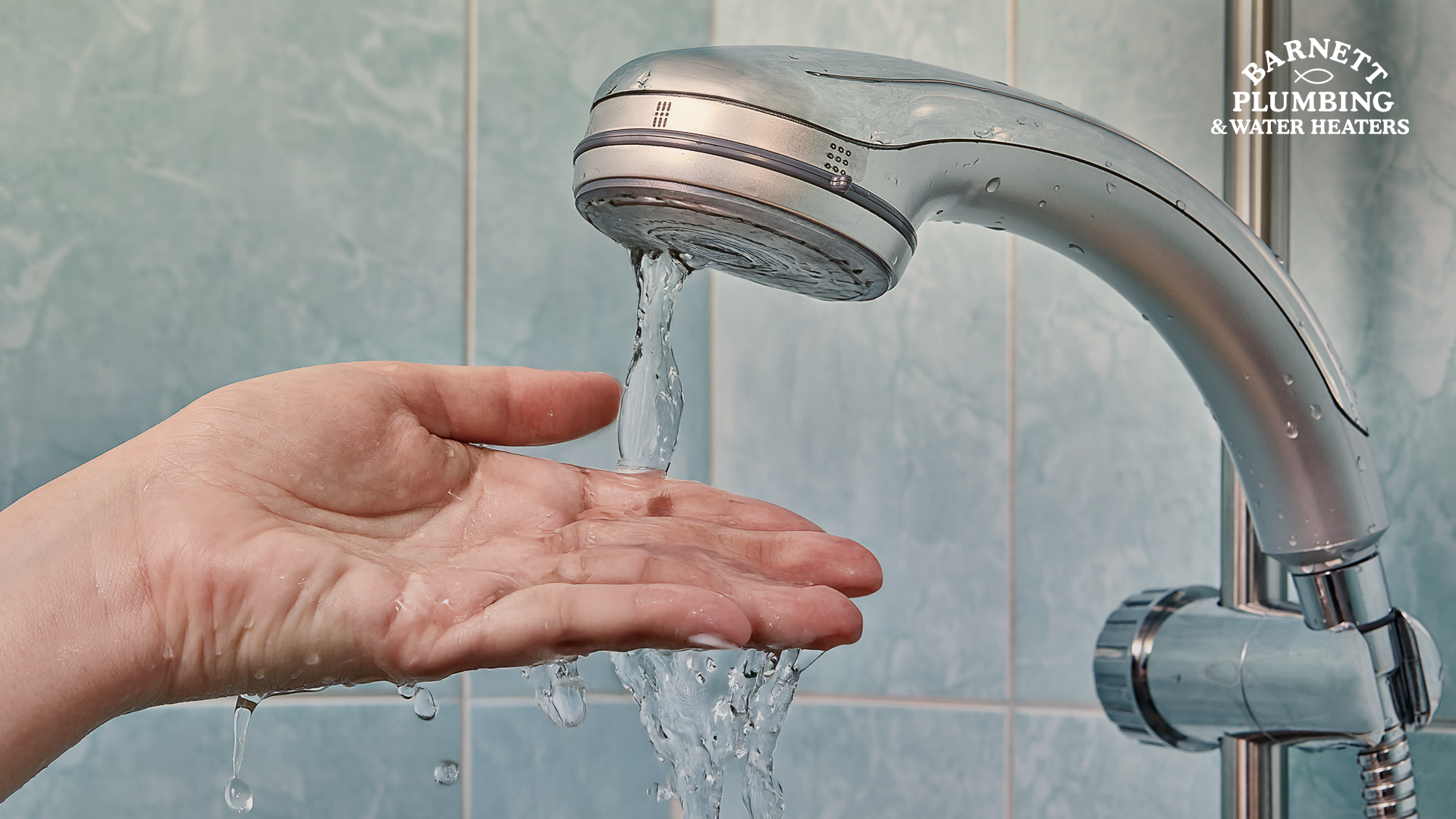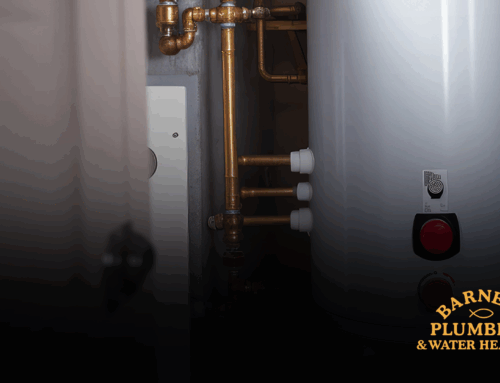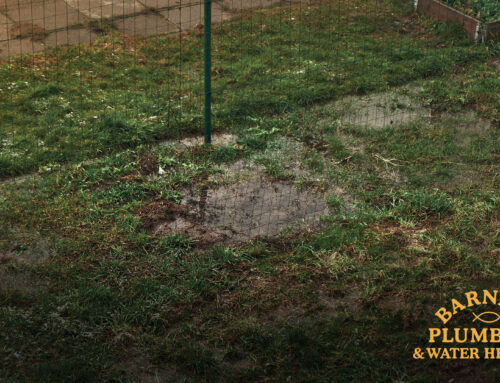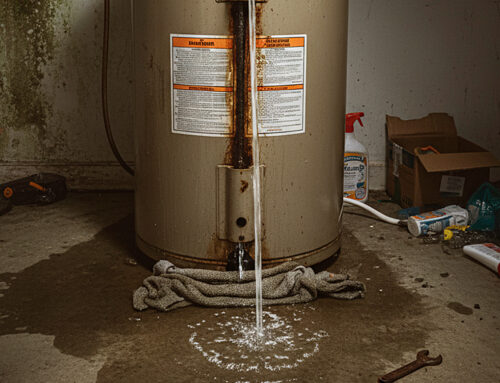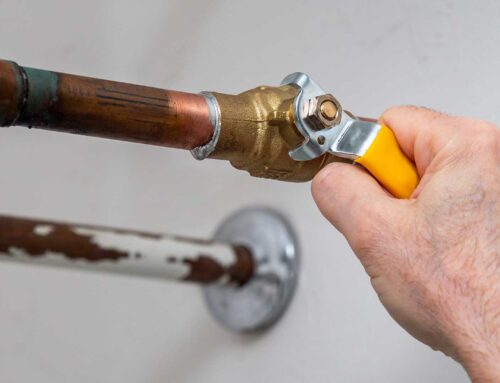Nothing is more disappointing than expecting a nice, refreshing shower and being greeted with a slow trickle of water instead. Low water pressure can make even simple daily tasks, like washing dishes or doing laundry, extra complicated. If you are struggling with low water pressure in your home, it’s time to figure out what is causing your pressure problems and get your water flowing again.
What Is Water Pressure?
Water pressure is not the same as water flow. Water flow is the result of your water pressure on the amount of water available for delivery. Water pressure is the measure of the force of gravity being exerted on the mass of the water. Water pressure is measured in pounds per square inch (PSI). Both impact how much water flows through your pipes and how quickly but they are not the same thing.
Water pressure often fluctuates throughout the day, depending on demand. For example, if a high number of households use water from the same municipal supply at the same time, it can lead to a temporary water pressure issue. However, if your water pressure problems are constant, there is probably something else going on.
For a healthy plumbing system, the ideal water pressure range should be between 40–80 PSI. Anything significantly outside of this range should be looked into. Both low and high water pressure can cause issues for your home’s pipes.
Testing Your Water Pressure
You know your water flow is abysmally slow, but how do you know if your home’s water pressure is the culprit? There’s a test for that. Testing your water pressure at home is simple. All you need is a basic water pressure gauge.
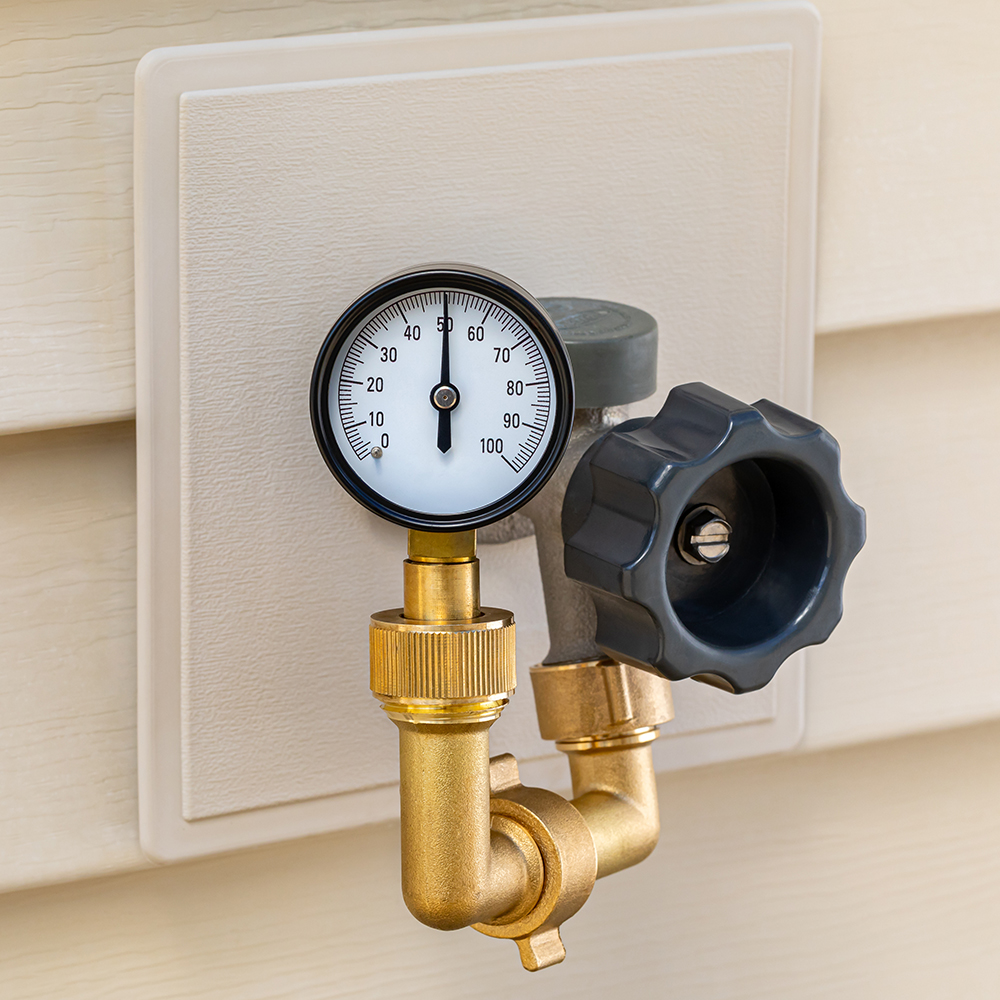
Here’s how to test your home’s water pressure:
- Grab a Pressure Gauge
These affordable devices are available at most hardware stores.
- Attach the Gauge
Connect the gauge to an outdoor faucet or another accessible water outlet.
- Turn on the Water
Make sure the faucet is fully open for an accurate reading.
- Interpret the Results
If the reading is less than 40 PSI, your home is experiencing low water pressure. If the results fluctuate during the test, that may mean there is an issue with your water pressure regulator or even your home’s main water source.
Or, contact Barnett Plumbing. We’ll come and test your water pressure for you for free.
Common Causes of Low Water Pressure
Low water pressure problems generally stem from one of these three main issues:
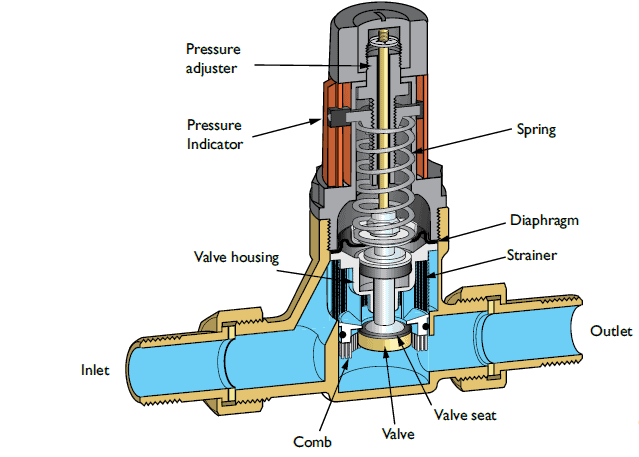
1. Faulty or Malfunctioning Pressure Reduction Valve (PRV)
The pressure reducing valve (PRV) is an important piece of your plumbing system. Shaped like a bell, the PRV is typically located where the main water line enters your home. Its primary role is to regulate water pressure so that it’s safe and effective for your home’s plumbing system.
Without a PRV, the water pressure coming in from your city’s main supply could be excessively high, leading to leaks, pipe damage, and expensive repairs. While PRVs require little maintenance, they are not immune to wear and tear. Pressure regulator problems may cause:
- Fluctuations or inconsistencies in water pressure.
- Noticeably reduced pressure throughout the home.
- Low pressure when using multiple water outlets at once.
PRVs can last up to a decade (5–10 years is the norm). If the water coming out of your faucets is suddenly slower than normal, a PRV checkup is probably a good idea. A professional plumber can determine if it’s time for a PRV adjustment or replacement.
2. Galvanized Pipes
If your home was built before 1960, you may have a bigger problem on your hands. It’s likely that your plumbing includes galvanized steel pipes. These once commonly used pipes are notorious for corrosion and mineral buildup. Over time, the buildup leads to:
- Persistent low water pressure.
- Leaks at pipe joints.
- Structural damage or mold resulting from hidden leaks.
Replacing galvanized pipes with modern copper pipes is often the best long-term solution. Copper pipes are much better at resisting mineral build up and corrosion caused by hard water. New pipes will improve the overall water flow and water quality in your home.
3. Other Contributing Factors
Beyond PRVs and galvanized pipes, there are a few other factors that can impact water pressure:
- Municipal Water Supply Issues
Water main leaks and breaks, or surges in demand during peak hours, can temporarily lower your home’s pressure.
- Partially Closed Shut-off Valves
If one or more of the water shut-off valves in your home is partially closed, it may create a bottleneck that reduces water flow. This could impact a specific area of the house or the whole home, depending on which shut-off valve is partially closed.
- Clogged Aerators
Faucet aerators can accumulate debris over time, lowering water pressure at specific outlets. If you have low pressure in one faucet, remove and clean the aerator to remove any blockages.
- Angle Stops and Kinked Supply Lines
Angle stops or kinked water supply hoses under your sinks can also cause localized pressure problems. If you have low pressure in one area, check the angle stop to make sure it’s fully open and look for any kinks in the supply line.
- Water Heater Issues
If you only notice water pressure issues when turning on the hot water, your water heater might be at fault. Sediment buildup or inefficiencies in the heater could be to blame. If you haven’t done your yearly water heater maintenance, it might be time to schedule an appointment.
Solutions for Low Water Pressure in Homes
Once you’ve found the source of your water pressure woes, these fixes will help you get things flowing again.
1. Replace or Adjust Your PRV
Replacing a faulty pressure regulator can restore consistent water pressure and protect your plumbing from damage caused by excessive force. New PRVs are more reliable at keeping the water flowing through your pipes within the normal water pressure range, 40–80 PSI.
Replacing a PRV yourself isn’t the best idea. The new pressure reducing valve needs to be properly installed and adjusted by a licensed plumber in order to meet your home’s specific needs. Errors in installation can result in very expensive home repairs from higher water pressure than your pipes can handle.
2. A Whole-Home Repipe
If corrosion and mineral buildup in galvanized pipes is the cause of your low pressure, a whole-home repipe is often the most effective solution. Upgrading to copper pipes gives you:
- Enhanced water flow and pressure.
- Improved water quality due to copper’s resistance to rust and contamination.
- Long-term reliability.
While repiping is an investment, it’s better to proactively repipe your entire home than wait for the issue to get worse and pay for emergency repairs.
3. DIY Fixes for Localized Issues
For minor, localized issues such as clogged aerators, partially closed angle stops, or kinks in supply lines, DIY solutions like cleaning or straightening hoses can often solve your low flow frustrations.
Why Addressing Low Water Pressure Matters
If you’ve been washing your dishes with a trickle for so long that a rinse bowl has become a permanent feature in the sink, it’s time to bring back the comfort and ease of optimal water flow. Here are 4 reasons why you should contact Barnett Plumbing to turn that tired trickle back into a refreshing cascade.
- Make your life easier.
Imagine being able to get all the soap out of your hair in just a few seconds, washing dishes without a backup bowl, and being able to wash clothes without the extra rinse cycle. Yup, all that is possible. In fact, in most homes, it’s normal. Give yourself the gift of water pressure and watch simple daily tasks become…simple again.
- Pay less for utilities.
Higher water pressure often means you can use water more efficiently. Doing away with that extra rinse cycle or extra toilet flush could lower your utility bills.
- Save your pipes.
Correct water pressure levels protect your pipes, fixtures, and appliances from damage or premature wear. Low water pressure is frustrating but higher pressure isn’t always better. Don’t ignore your water pressure issues until they’ve turned into a plumbing emergency.
- Increase your home’s value.
A newer or well-maintained plumbing system increases the overall efficiency and appeal of your home. No more discolored walls or smelly toilets that don’t flush well. Just a clean, functional home.
Fixing low water pressure goes beyond comfort, it’s an essential part of a well-maintained home.
Let Barnett Solve Your Water Pressure Problems
If you’re dealing with low water pressure in Livermore, CA and the surrounding areas, Barnett Plumbing & Water Heaters is here to help. As a locally owned and operated business, we provide quick response times, expert workmanship, and the highest service standards.
We know you don’t have time for plumbing issues to derail your day. And whatever the source of your low water pressure, you can trust that we will never try to sell you a product or service you don’t actually need.
Call Barnett Plumbing today at (925) 294-0171 for a free estimate and a reliable, long-lasting water pressure solution.
FAQs about low water pressure in your home
If you’re dealing with persistent low water pressure, contact Barnett Plumbing & Water Heaters to identify the issue and recommend the right solutions. We will never sell you a product or service you don’t want or need. With us, you can trust that you’ll get professional guidance without any pressure.

